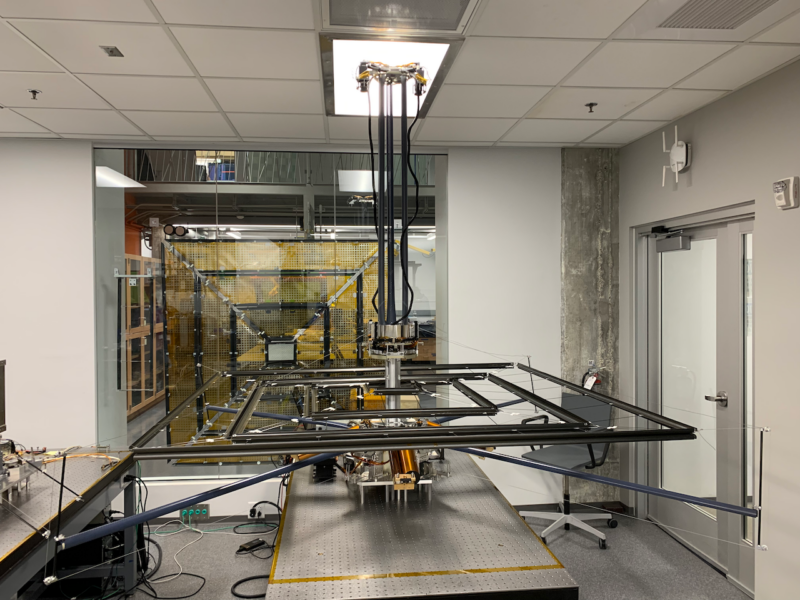Space-based solar power hardware ready for actual testing in space

Enlarge / The framework needed to deploy the hardware worked on Earth, so it's time to test it in space. (credit: Caltech/Momentus)
Solar power has become the lowest-cost way to generate electricity on Earth. But building it on Earth places some significant limits on how much power it can generate, with the darkness and clouds that often get in the way. So there have always been a few people who liked the idea of putting solar panels where they could produce electricity around the clock: space.
While that would get you near-24/7 power production, it comes with a collection of very obvious drawbacks: high launch costs, inability to service the hardware, and the challenge of getting the power back down to where it's needed. How these trade-offs play out in the energy marketplace has been difficult to determine, partly because the energy market is changing so rapidly, and partly because we don't really know what the space-based solar hardware would look like.
Thanks to some funding from a private donor, however, California Institute of Technology researchers have quietly been working on developing the technology needed to get space-based solar to work. And they're apparently ready to subject some test hardware to the rigors of space, thanks to this morning's successful Falcon 9 launch.